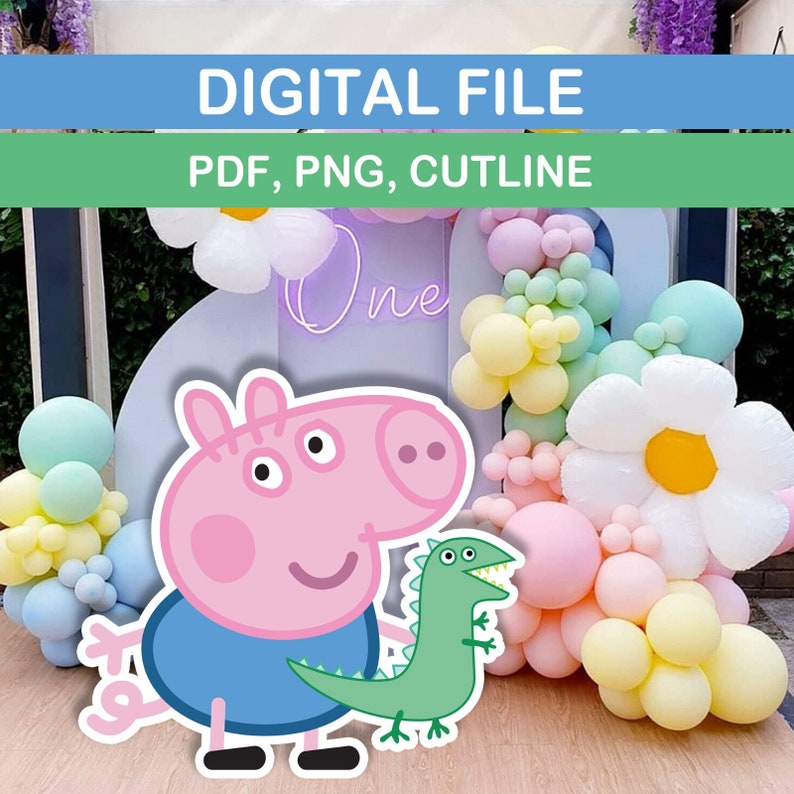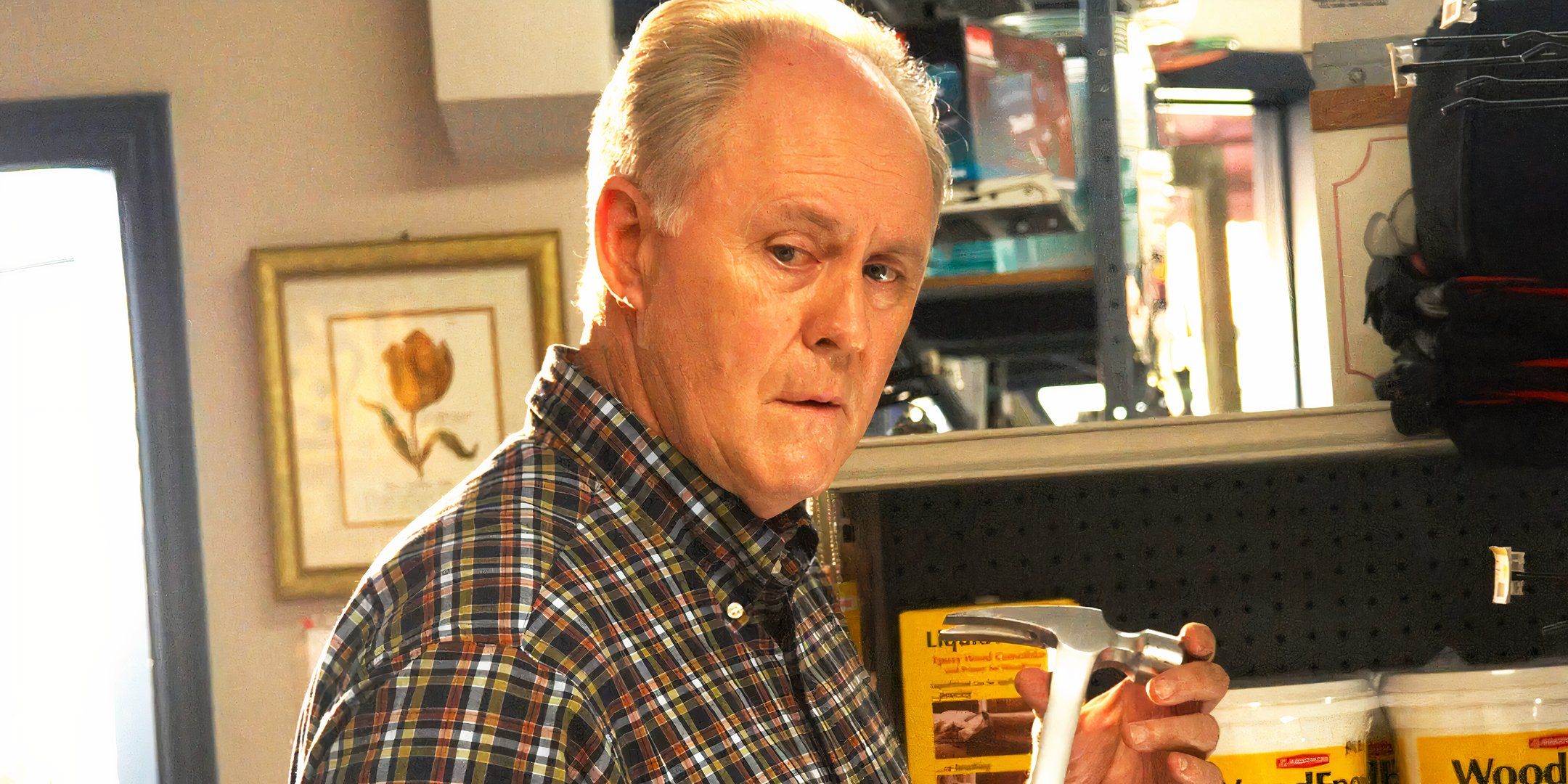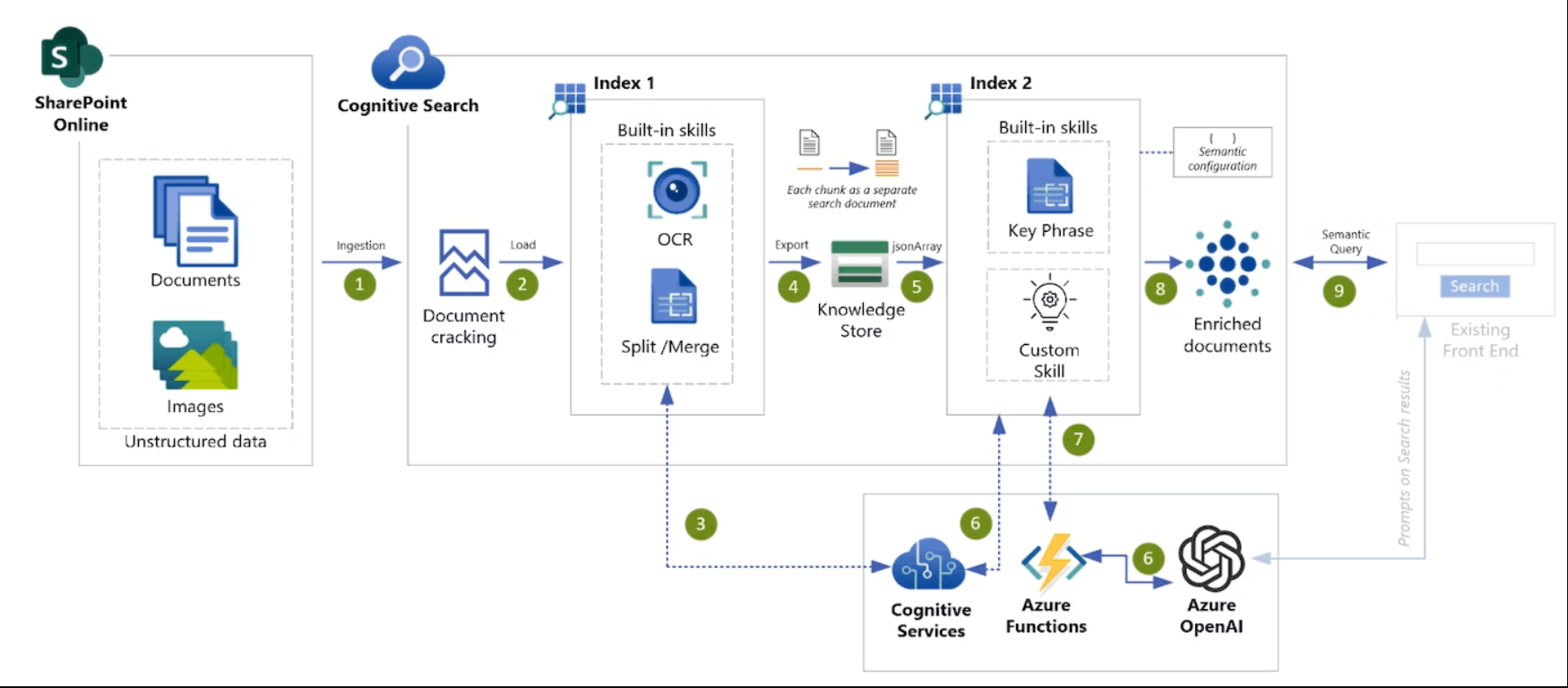Navigating The Love Monster: Practical Strategies For Healthy Relationships

Table of Contents
Understanding Your Attachment Style & Its Impact on Relationships
Our attachment styles, formed in early childhood, significantly influence our adult relationships. Recognizing your attachment style is the first step towards building healthier relationships. Understanding your own patterns and your partner's can make a world of difference in how you navigate relationship challenges.
Secure Attachment: The Foundation of Healthy Relationships
Secure attachment is characterized by trust, emotional intimacy, and healthy communication. Individuals with a secure attachment style generally feel comfortable with intimacy and independence. They have strong conflict resolution skills and are able to navigate disagreements constructively.
- Trust: They readily trust their partners and feel safe in the relationship.
- Emotional Intimacy: They are comfortable sharing their feelings and emotions openly and honestly.
- Healthy Communication: They communicate effectively and respectfully, expressing their needs and listening to their partner's perspective.
- Conflict Resolution Skills: They approach conflicts constructively, focusing on finding solutions rather than assigning blame.
For example, a securely attached individual might express their concerns to their partner calmly and openly, actively listening to their partner's response and working collaboratively to find a resolution.
Anxious Attachment: The Fear of Abandonment
Anxious attachment is often marked by a deep-seated fear of abandonment. Individuals with this style may experience intense jealousy, clinginess, and emotional instability. They crave constant reassurance and may struggle with trust.
- Fear of Abandonment: A constant worry that their partner will leave them.
- Clinginess: A need for constant contact and reassurance.
- Jealousy: Excessive jealousy and possessiveness.
- Emotional Instability: Mood swings and emotional reactivity.
Managing anxious attachment involves self-reflection, therapy, and learning to regulate emotions. Building self-esteem and practicing self-soothing techniques can significantly improve relationship dynamics.
Avoidant Attachment: The Walls of Emotional Distance
Avoidant attachment is characterized by emotional distance and a reluctance to form close relationships. Individuals with this style often struggle to express their feelings, fear intimacy, and may actively avoid commitment.
- Emotional Distance: Keeping their emotions and thoughts hidden.
- Difficulty Expressing Feelings: Struggling to communicate their needs and desires.
- Fear of Intimacy: A discomfort with closeness and vulnerability.
- Relationship Avoidance: Avoiding commitment and potentially sabotaging relationships.
Addressing avoidant attachment patterns requires exploring underlying fears and learning to build trust and intimacy. Therapy can be highly beneficial in overcoming these challenges and fostering healthier relationship patterns.
Effective Communication: The Cornerstone of a Strong Bond
Effective communication is paramount for any healthy relationship. It's not just about talking; it's about truly understanding and being understood.
Active Listening: Truly Hearing Your Partner
Active listening goes beyond simply hearing words; it involves paying close attention to both verbal and nonverbal cues. It demonstrates respect and understanding.
- Paying Attention: Focusing fully on your partner without distractions.
- Reflecting Back: Summarizing what you've heard to ensure understanding.
- Asking Clarifying Questions: Seeking clarification to avoid misunderstandings.
For example, instead of interrupting, an active listener might say, "So, it sounds like you're feeling frustrated because..." before offering a solution.
Assertive Communication: Expressing Yourself Respectfully
Assertive communication involves expressing your needs and opinions respectfully, without being aggressive or passive. This is crucial for setting boundaries and resolving conflicts constructively.
- Expressing Needs and Opinions: Clearly stating your thoughts and feelings.
- Setting Boundaries: Communicating your limits respectfully.
- Using "I" Statements: Focusing on your own experiences rather than blaming your partner.
Role-playing scenarios can be incredibly useful in practicing assertive communication.
Non-violent Communication (NVC): A Powerful Conflict Resolution Tool
Non-violent Communication (NVC) is a powerful approach to conflict resolution that emphasizes empathy and understanding. It focuses on needs rather than blame.
- Observing without Judgment: Describing the situation objectively.
- Identifying Feelings: Naming your emotions without judgment.
- Expressing Needs: Clearly stating your underlying needs.
- Making Requests: Politely asking for what you need.
Resources on NVC can be easily found online to further your understanding and implement these techniques.
Setting Healthy Boundaries and Maintaining Individuality
Establishing healthy boundaries and maintaining individuality are essential for a thriving relationship. It's about creating a space where both partners feel respected and valued.
Defining Personal Boundaries: Protecting Your Space
Healthy boundaries protect your emotional and physical well-being. They are the lines you set to protect yourself from being taken advantage of or feeling overwhelmed.
- Identifying Your Limits: Understanding what you're comfortable with and what you're not.
- Communicating Your Boundaries Clearly: Expressing your limits assertively and respectfully.
- Respecting Your Partner's Boundaries: Recognizing and respecting your partner's personal space and limits.
Examples of healthy boundaries include limiting screen time during quality time or setting aside time for individual pursuits.
Maintaining Independence: Nurturing Your Identity
Maintaining individual interests and identities strengthens the relationship. It prevents codependency and fosters a sense of self-worth.
- Spending Time Alone: Prioritizing personal time for self-reflection and rejuvenation.
- Pursuing Hobbies: Engaging in activities that bring you joy and fulfillment.
- Maintaining Friendships Outside the Relationship: Nurturing relationships outside of your romantic partnership.
Individuality fuels passion and provides each partner with unique experiences to share, enriching the relationship.
Avoiding Codependency: Maintaining Emotional Distance
Codependency is characterized by an unhealthy reliance on a partner for emotional support and validation. It often leads to imbalance and resentment.
- Identifying Codependent Behaviors: Recognizing patterns of excessive neediness or enabling unhealthy behaviors.
- Setting Healthy Emotional Distance: Creating space for independent thought and action.
- Seeking Personal Support: Building a support network outside of the relationship.
Resources for overcoming codependency are readily available online and through mental health professionals.
Seeking Professional Help When Needed
While proactive steps can improve relationships, sometimes professional help is necessary. Seeking therapy is a sign of strength, not weakness.
Recognizing When to Seek Therapy: Identifying Warning Signs
There are several indicators that suggest professional help might be beneficial. Recognizing these signs early on can prevent further damage to the relationship.
- Persistent Conflict: Ongoing disagreements that cannot be resolved independently.
- Communication Breakdowns: Inability to communicate effectively and constructively.
- Infidelity: Betrayal of trust that significantly impacts the relationship.
- Abuse (emotional, physical, verbal): Any form of abuse is a serious issue requiring professional intervention.
Remember, seeking therapy is not a sign of failure but a proactive step towards a healthier and stronger relationship.
Finding a Qualified Therapist: Seeking Professional Guidance
Finding the right therapist is crucial. Look for someone specializing in couples therapy or relationship counseling.
- Checking Credentials: Verify their qualifications and experience.
- Seeking Referrals: Asking friends, family, or your primary care physician for recommendations.
- Reading Reviews: Checking online reviews to gauge other clients' experiences.
Many online resources can help you find a qualified therapist in your area.
Conclusion
Navigating the Love Monster effectively requires understanding your attachment style, mastering effective communication skills, setting healthy boundaries, and knowing when to seek professional help. Building and maintaining healthy relationships is an ongoing process that involves self-reflection, compromise, and a commitment to growth. Start building healthier relationships today by implementing these strategies. Remember, a healthy relationship requires ongoing effort and self-reflection. Don’t hesitate to seek professional help if needed. Begin your journey towards a more fulfilling and balanced love life by exploring your attachment style and practicing healthy communication. Embrace the challenge of navigating the Love Monster, and discover the rewards of a strong and lasting relationship. Learn to prioritize healthy relationship strategies and experience the transformative power of successful relationships.

Featured Posts
-
 Peppa Pigs Mums Spectacular London Gender Reveal Party
May 21, 2025
Peppa Pigs Mums Spectacular London Gender Reveal Party
May 21, 2025 -
 Appeal Pending Ex Tory Councillors Wife Faces Decision On Racial Hatred Tweet
May 21, 2025
Appeal Pending Ex Tory Councillors Wife Faces Decision On Racial Hatred Tweet
May 21, 2025 -
 Dexter Resurrection Lithgow And Smits To Reprise Iconic Roles
May 21, 2025
Dexter Resurrection Lithgow And Smits To Reprise Iconic Roles
May 21, 2025 -
 Innovatief Digitaal Platform Transferz Ontvangt Financiering Van Abn Amro
May 21, 2025
Innovatief Digitaal Platform Transferz Ontvangt Financiering Van Abn Amro
May 21, 2025 -
 The Kartel And The Rum Industry Examining Stabroek News Reports
May 21, 2025
The Kartel And The Rum Industry Examining Stabroek News Reports
May 21, 2025
Latest Posts
-
 T Mobile To Pay 16 Million Following Three Years Of Data Security Issues
May 21, 2025
T Mobile To Pay 16 Million Following Three Years Of Data Security Issues
May 21, 2025 -
 T Mobile Hit With 16 Million Fine For Data Breaches Spanning Three Years
May 21, 2025
T Mobile Hit With 16 Million Fine For Data Breaches Spanning Three Years
May 21, 2025 -
 Revolutionizing Voice Assistant Development Open Ais New Tools
May 21, 2025
Revolutionizing Voice Assistant Development Open Ais New Tools
May 21, 2025 -
 Exec Office365 Breach Nets Millions For Hacker Fbi Says
May 21, 2025
Exec Office365 Breach Nets Millions For Hacker Fbi Says
May 21, 2025 -
 Podcast Revolution Ais Role In Transforming Repetitive Scatological Text
May 21, 2025
Podcast Revolution Ais Role In Transforming Repetitive Scatological Text
May 21, 2025
